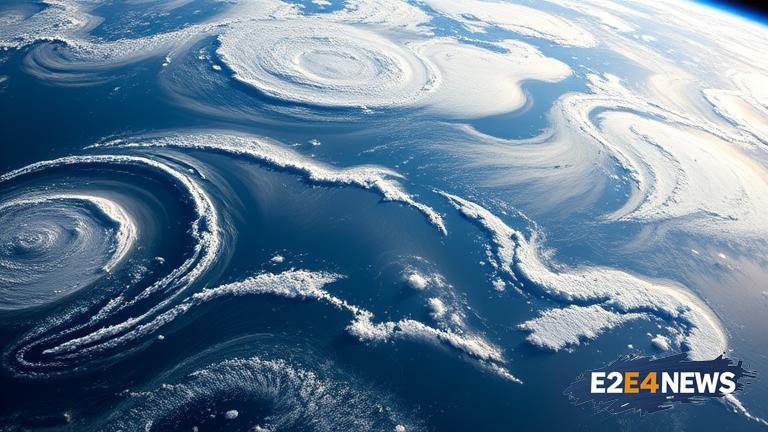The US Defense Department has made a significant announcement regarding its collaboration with the National Oceanic and Atmospheric Administration (NOAA). The department has decided to continue providing critical weather satellite data to NOAA, which is essential for accurate weather forecasting and warning systems. This decision is a result of the long-standing partnership between the two organizations, with the Defense Department’s weather satellite program playing a crucial role in supporting NOAA’s mission. The data provided by the Defense Department’s weather satellites is used by NOAA to predict weather patterns, issue warnings for severe weather events, and monitor climate trends. The continuation of this data supply will enable NOAA to maintain its high standards of weather forecasting and warning systems, ultimately benefiting the public. The Defense Department’s weather satellite program has been operational for several decades, providing vital data on weather patterns, ocean currents, and other environmental factors. The program has undergone significant upgrades and improvements over the years, with the latest satellites offering enhanced capabilities and higher resolution imagery. The data from these satellites is used by NOAA to support its various missions, including weather forecasting, climate monitoring, and emergency response. The partnership between the Defense Department and NOAA has been instrumental in saving lives and reducing property damage from severe weather events. The accurate and timely warnings issued by NOAA, based on the data provided by the Defense Department, have enabled people to take necessary precautions and evacuate from affected areas. The continuation of this partnership will ensure that the public remains informed and safe from severe weather events. The decision to continue providing critical weather satellite data to NOAA is also expected to have a positive impact on the economy, as accurate weather forecasting is essential for various industries such as aviation, agriculture, and transportation. The Defense Department’s weather satellite program has also been supporting research and development in the field of meteorology, with the data provided being used by scientists to improve weather forecasting models and techniques. The program has also been instrumental in supporting international cooperation on weather forecasting and climate monitoring, with the data being shared with other countries and organizations. The US is a global leader in weather forecasting and climate monitoring, and the continuation of this partnership will further strengthen its position. The decision is also expected to have a positive impact on the environment, as accurate weather forecasting and climate monitoring are essential for understanding and mitigating the impacts of climate change. The Defense Department’s weather satellite program has been a critical component of the US’s environmental monitoring capabilities, and the continuation of this partnership will ensure that the country remains at the forefront of environmental monitoring and protection. The partnership between the Defense Department and NOAA is a testament to the importance of collaboration and cooperation between government agencies. The decision to continue providing critical weather satellite data to NOAA is a significant development, and it is expected to have far-reaching impacts on weather forecasting, climate monitoring, and emergency response. The public can expect to continue receiving accurate and timely warnings for severe weather events, and the economy is expected to benefit from the accurate weather forecasting. The US will also maintain its position as a global leader in weather forecasting and climate monitoring, and the environment will continue to be protected through accurate environmental monitoring. The Defense Department’s weather satellite program will continue to play a critical role in supporting NOAA’s mission, and the partnership between the two organizations will remain a vital component of the US’s weather forecasting and climate monitoring capabilities.
